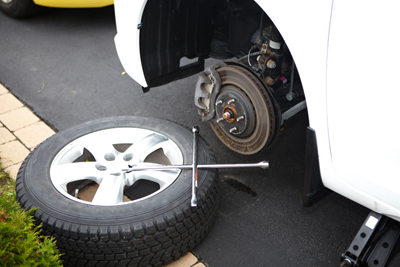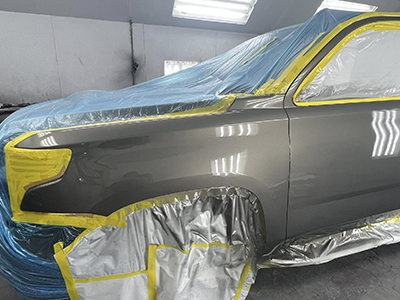Choosing the right tires for your vehicle is crucial for ensuring safety, performance, and fuel efficiency. With so many options available, the process can feel overwhelming. This guide will walk you through the key factors to consider when selecting the perfect tires for your car.

1. Understand Your Vehicle’s Requirements
Every vehicle is designed with specific tire requirements. Start by consulting your vehicle’s owner’s manual or checking the tire information placard located on the driver’s side doorjamb. This will provide essential details, such as:
- Tire size (e.g., P215/65R15)
- Load index (e.g., 95)
- Speed rating (e.g., H or T)
Using tires that meet or exceed these specifications is critical for optimal performance.
2. Consider Your Driving Habits
Your driving habits and the conditions you frequently encounter should influence your tire choice. Ask yourself:
- Do you drive mostly in the city, on highways, or off-road?
- What’s the typical climate in your area?
- Do you prioritize comfort, performance, or fuel efficiency?
For example:
- City driving may require all-season tires for smooth performance and durability.
- Off-road driving demands all-terrain or mud-terrain tires designed for rugged conditions.
- Winter conditions call for dedicated winter tires with better grip on snow and ice.
3. Learn About Different Tire Types
Understanding the various types of tires can help you make an informed decision:
- All-Season Tires: Versatile and suitable for a wide range of conditions, but may not perform as well as specialized tires in extreme weather.
- Performance Tires: Designed for enhanced handling and traction at higher speeds, ideal for sports cars and performance vehicles.
- Winter Tires: Built with specialized rubber compounds and tread patterns to provide maximum grip in snow, ice, and cold temperatures.
- All-Terrain Tires: Perfect for vehicles that see both highway and off-road use, offering a balance of durability and on-road comfort.
- Touring Tires: Prioritize a smooth, quiet ride and long-lasting tread life.
4. Check the Treadwear Rating
Tires come with a Uniform Tire Quality Grading (UTQG) system rating that indicates their longevity and performance. Look for the treadwear rating to get an idea of how long a tire might last. A higher number typically means a longer lifespan.
5. Budget Wisely
While it’s tempting to go for the cheapest option, investing in high-quality tires can save you money in the long run. Consider:
- Initial cost vs. longevity: Premium tires may last longer and perform better.
- Warranty coverage: Many reputable brands offer mileage warranties.
6. Don’t Forget Regular Maintenance
Once you’ve chosen the right tires, maintaining them is essential to maximize their lifespan and performance. Regularly check:
- Tire pressure: Underinflated or overinflated tires can lead to uneven wear and reduced fuel efficiency.
- Alignment and rotation: These prevent uneven tread wear and ensure a smooth ride.
- Tread depth: Replace tires when the tread is worn down to 2/32 of an inch.
Final Thoughts
Choosing the right tires for your vehicle doesn’t have to be complicated. By understanding your vehicle’s needs, considering your driving habits, and learning about tire types, you can make a confident and informed decision. If you’re unsure, consult a trusted auto repair shop or tire specialist for expert guidance. The right tires will not only enhance your driving experience but also keep you safe on the road.
Lim’s Auto Body is a full service auto body and mechanical repair shop locally owned and operated in Largo, Florida. For more information, go to our web site www.limsautobody.com or call (727) 422-3232.

